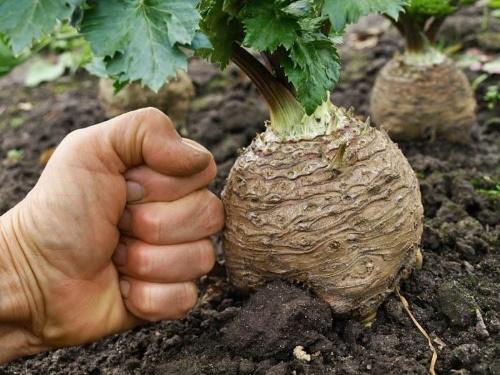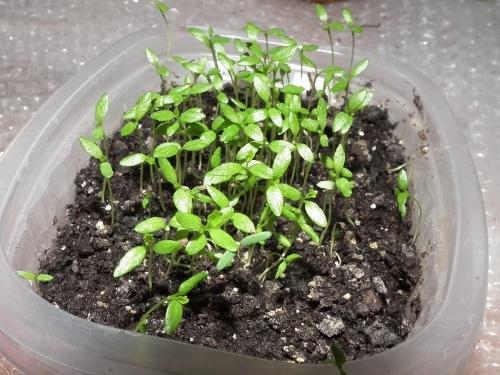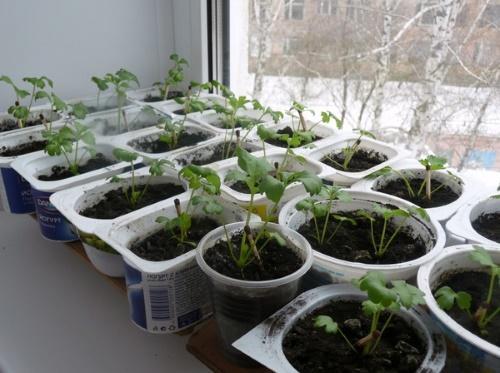How to grow root celery: planting and care details

Root celery is used in the kitchen by many housewives, because its specific aroma gives a special touch and can improve almost any dish. Celery is good both in soup and in salads, replenishing the body with vitamins. Connoisseurs of this root vegetable prefer to grow it themselves in order to get a truly natural vegetable. No one knows what they used to fertilize the celery lying on the store shelves, but homemade fruits will definitely be healthier. However, to harvest large and succulent root vegetables, you need to know how to grow root celery. Although its foliage is similar to parsley, they have slightly different planting principles.
First of all, root celery is grown mainly in seedlings and predominantly early varieties. When sowing seeds in open ground in our climate, the fruits do not have time to ripen, especially if it is mid-season or late celery. In addition, young seedlings are very sensitive to frost. But the grown seedlings planted in the beds will more easily endure a cold snap. And by the fall, she will grow decent root crops, if the celery is properly looked after.
The subtleties of sowing seeds for seedlings

When the seedlings have formed up to 4 true leaves, they can be dived into separate cups. This must be done carefully so as not to damage the roots.
In open ground, seedlings are planted no earlier than May. For the first time, it is advisable to cover the beds with a film at night. If there are not many seedlings, you can put a cut plastic bottle on each bush. This will save delicate plants from nighttime cold snaps and possible return frosts.
When transplanting, it is important not to deepen the growth point of the celery, otherwise it will begin to build up many lateral roots. The fruit in this case will grow uneven and bumpy. Between the bushes themselves, at least 25 cm should be left so that they are not cramped.
How to grow root celery: features of caring for the beds
 The fruits will grow large and beautiful if the culture is properly cared for, namely:
The fruits will grow large and beautiful if the culture is properly cared for, namely:
- Water regularly at the root, preventing the soil from drying out. Watering must be carried out throughout the growing season, up to harvest.
- Periodically loosen the aisles for free air access to the roots, but only while the bushes are young. When the root crop begins to form, loosening is stopped so as not to damage it.
- Feed 4 times per season.The first two dressings are organic (a week after planting on the garden - an infusion of herbs, after another 2 weeks - an infusion of mullein). In the middle of summer, make superphosphate, and after fruit setting - boric acid.
- With the arrival of September, cut off the leaves, but only those that grow to the sides, leaving erect.
Horse celery is not a potato and does not need hilling. Moreover, this procedure will only harm him by stimulating lateral root growth. To prevent this from happening, you even need to carefully rake the ground and cut off such roots, if any.
Harvesting begins in early October, after shedding the site. This makes it easy to dig up the root celery without damage.